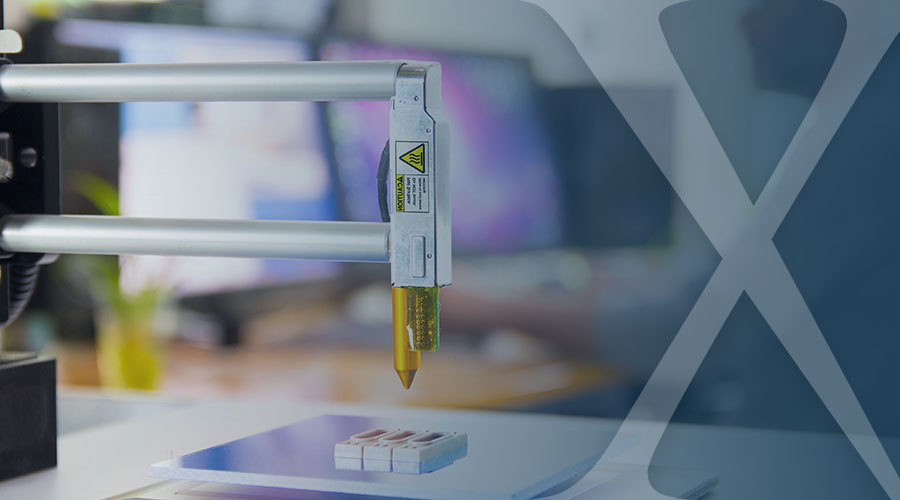Additive manufacturing, better known as “3D Printing” is making huge waves in product manufacturing across the world. With some of the most cost-efficient production methods available, as well as the technical agility to rapidly adapt to customization, 3D printing will be an attractive investment for cutting-edge manufacturers.
With technical sophistication comes a greater need to monitor and control processes, as well as accumulate valuable business intelligence. Powerful enterprise resource planning (ERP) software solutions will be vital to building the infrastructure for successful 3D printing manufacturers.
ERPs Will Inform the Future of Additive Manufacturing
Additive manufacturers will need rich sources of data mining and information in order to understand and define the 3D printing market. ERPs will be integral to acquiring this data and offering companies the competitive advantages they need to lead the industry. Companies integrating ERPs into their current manufacturing and distribution processes will need to understand the complete resource allocation, including labor hours, materials, and even sales and marketing costs associated with 3D printing.
ERP solutions, like Infor’s CloudSuite Industrial (CSI) / SyteLine, collect information and automate processes that can shed light on what “efficient” means for the additive manufacturing industry. Defined by it’s reduced need for manual labor and heightened requirements for unique materials and skilled engineers, an enterprise-wide resource management platform will be essential to strategizing business growth through informed decision making.
ERPs Will Enhance Prototype Manufacturing Capabilities
One of the most valuable uses of 3D printing at its outset has been a prototype or proof-of-concept manufacturing. This process allows inventors and innovators to create cost-efficient physical models of a new idea (or improvements on existing ideas) to give developers a concrete and tactile example. ERPs enhance prototype manufacturing by offering engineers and designers a powerful quoting and modeling module with the option to scale and adapt formulas for improvement.
ERPs will allow for more sophisticated prototypes by encouraging businesses to experiment with various inputs and CAD models and compare the effects of variable changes to the outputs in the final product. With advanced data management tools tied to cost and materials input, your managers and analysts can quickly see trends and make smart decisions about prototypes.
ERPs Will Encourage Adoption of 3D Manufacturing
The 3D printing revolution will touch nearly every kind of product and process manufacturing, particularly as it relates to the quality and cost of parts and labor. Exclusively additive manufacturers, as well as conventional manufacturers interested in incorporating additive manufacturing, can utilize ERP software to encourage adoption of this innovative process.
ERPs, like CSI, can make it easier for your entire operation by creating the same digital workspace and automating background processes. With the ability to define user roles and eliminate menial tasks, you can make each member of your team more valuable by allowing them to focus on learning and understanding the contours of additive manufacturing. Empowering your team to learn can create a shop floor culture more willing to embrace change.

